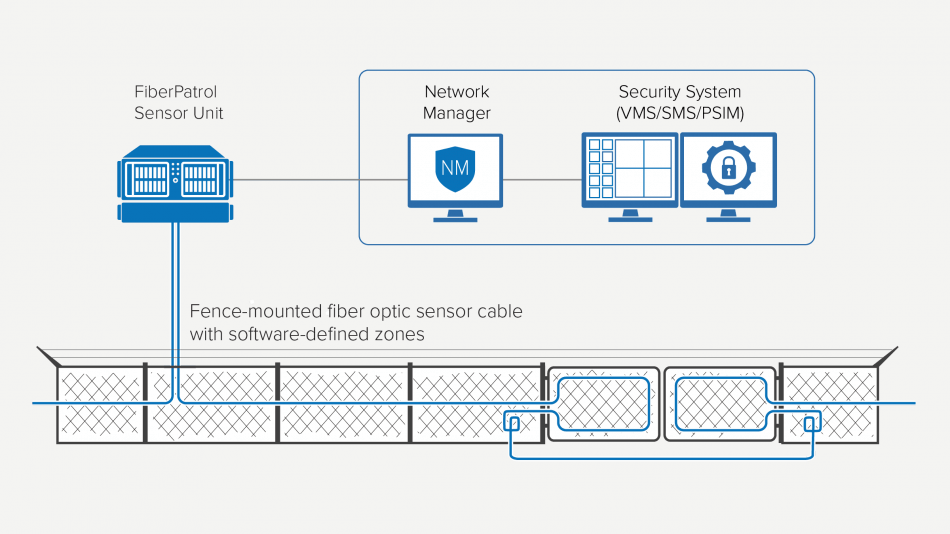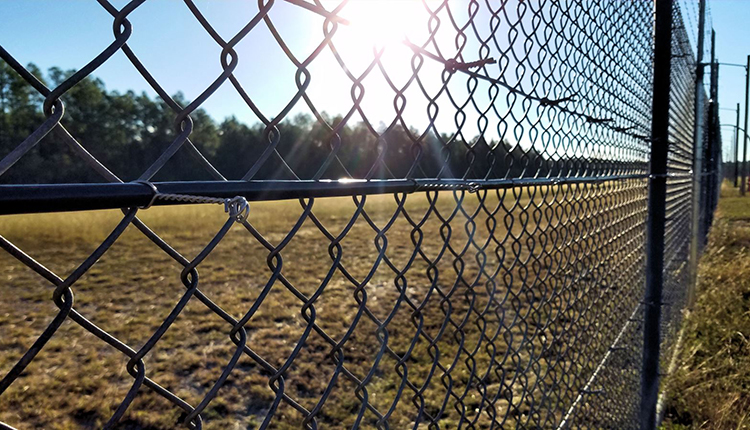A Complete Overview to Fiber Optics Infrastructure for Security Installations
The Ultimate Overview to Fiber Optic Protection Systems for Your Organization
In an age where safety and security concerns are paramount for businesses, recognizing the details of fiber optic modern technology can be transformative. This guide details how incorporating fiber optic safety systems not only enhances information defense however additionally supplies advantages like resistance to interference and real-time monitoring capacities. As organizations assess their security requires, it becomes critical to think about the installation procedure and the most recent technologies in the field. What details factors should be prioritized when selecting the appropriate system, and exactly how can businesses ensure they make one of the most educated choices?
Understanding Fiber Optic Innovation

The core of a fiber optic cable is composed of a thin glass or plastic center, surrounded by a cladding layer that shows light back right into the core. Single-mode fibers are designed for long-distance transmission, while multi-mode fibers are appropriate for much shorter ranges, typically used within structures.
Optical fiber are not just much faster yet likewise a lot more safe than traditional electrical wiring. Their inherent resistance to electromagnetic interference and the trouble of using the signal without discovery make them a preferred selection for businesses prioritizing data stability and security. As companies significantly count on safe and effective communication systems, understanding fiber optic modern technology becomes necessary for notified decision-making.
Key Advantages of Fiber Optic Security
When thinking about safety and security options for an organization, the benefits of fiber optic systems are specifically engaging. Primarily, fiber optic innovation provides outstanding information transmission speeds and data transfer capacity, making it perfect for dealing with high-resolution video clip feeds from surveillance electronic cameras. This capacity makes sure that safety personnel get real-time information, improving total response times to possible security threats.
Furthermore, fiber optic wires are inherently immune to electromagnetic disturbance, which can jeopardize the stability of conventional copper-based systems. This resistance makes sure that the data transmitted continues to be safe and undisturbed, supplying a much more trusted protection infrastructure. In addition, optical fiber are much less prone to physical damages, as they are made from glass instead than steel, lowering maintenance expenses and downtime.
Another considerable advantage is the increased scalability of fiber optic systems. As company needs advance, fiber networks can be conveniently broadened to accommodate additional safety tools without substantial overhauls to the existing facilities. Fiber optic systems use enhanced cybersecurity functions, including file encryption abilities that shield sensitive information from unapproved accessibility. Collectively, these benefits make fiber optic safety and security systems a robust option for companies looking for to improve their safety steps.
Installment Refine and Considerations
Considering the intricacies involved, the setup procedure of fiber optic safety systems needs cautious preparation and implementation. The preliminary step entails a thorough site analysis to identify optimum places for cabling and tools. This assessment should consider ecological variables, existing framework, and possible vulnerabilities.

Furthermore, the installment has to adhere to regional building regulations and sector standards. This might include collaborating with numerous stakeholders such as building supervisors, IT teams, and protection workers to make sure smooth assimilation with existing systems.
Post-installation, strenuous screening is required to validate system efficiency and determine any concerns that might arise. By prioritizing these factors to consider during the installation procedure, companies can make sure a durable and reliable fiber optic safety system that satisfies their certain security requirements.
Most Recent Developments in Fiber Optic Safety
Current innovations in fiber optic technology have actually significantly improved the capabilities of safety systems for organizations. Among one of the most notable innovations is the assimilation of fiber optic sensors that can discover vibrations and breaches along the perimeter of a facility. These sensors provide real-time tracking, allowing fast action to potential violations.
In addition, the advancement of dispersed fiber optic picking up technology permits for the continuous monitoring of big locations with a solitary fiber cable television. This technique not only decreases installment prices however also enhances the reliability of keeping an eye on systems by eliminating the need for several, separate sensing units.
Additionally, developments in multiplexing strategies have actually allowed services to send vast amounts of information over fiber optic networks, improving the capabilities of video security systems. High-def video feeds can now be sent over this hyperlink cross countries without loss of top quality, making certain that security personnel have access to clear and workable information.
Last but not least, making use of expert system (AI) along with fiber optic systems is changing hazard discovery. AI formulas can examine data from fiber optic networks to recognize uncommon patterns or habits, permitting aggressive protection procedures. These advancements collectively stand for a considerable jump forward in fiber optic security technology.
Selecting the Right System for Your Service
Choosing the ideal fiber optic safety and security system for your company is critical for making certain ideal security and comfort. To make an enlightened selection, analyze your specific protection needs, thinking about elements such as the dimension of your premises, the nature of your operations, and prospective vulnerabilities.
Begin by evaluating the degree of safety and security required; as an example, high-risk settings might require innovative systems with incorporated surveillance and invasion detection capacities. Next off, think about scalability; as your business expands, your protection system ought to can broadening to suit enhanced needs without my response significant overhauls.
In addition, explore the dependability and efficiency of various systems. Try to find providers with recognized credibilities and customer testimonials that vouch for their solution high quality. It's additionally suggested to ask about the technology's compatibility with existing infrastructure, guaranteeing a smooth combination procedure.
Verdict
To conclude, fiber optic safety and security systems present a robust service for enhancing organization security infrastructures. The combination of high-speed data transmission, resistance to electro-magnetic interference, and advanced tracking abilities substantially boosts total protection (fiber optic security system). By understanding the technology, acknowledging its benefits, and taking into consideration the installment procedure, companies can make enlightened decisions. The current advancements even more bolster the efficiency of these systems, guaranteeing that organizations stay secure and adaptable in an ever-evolving risk landscape.